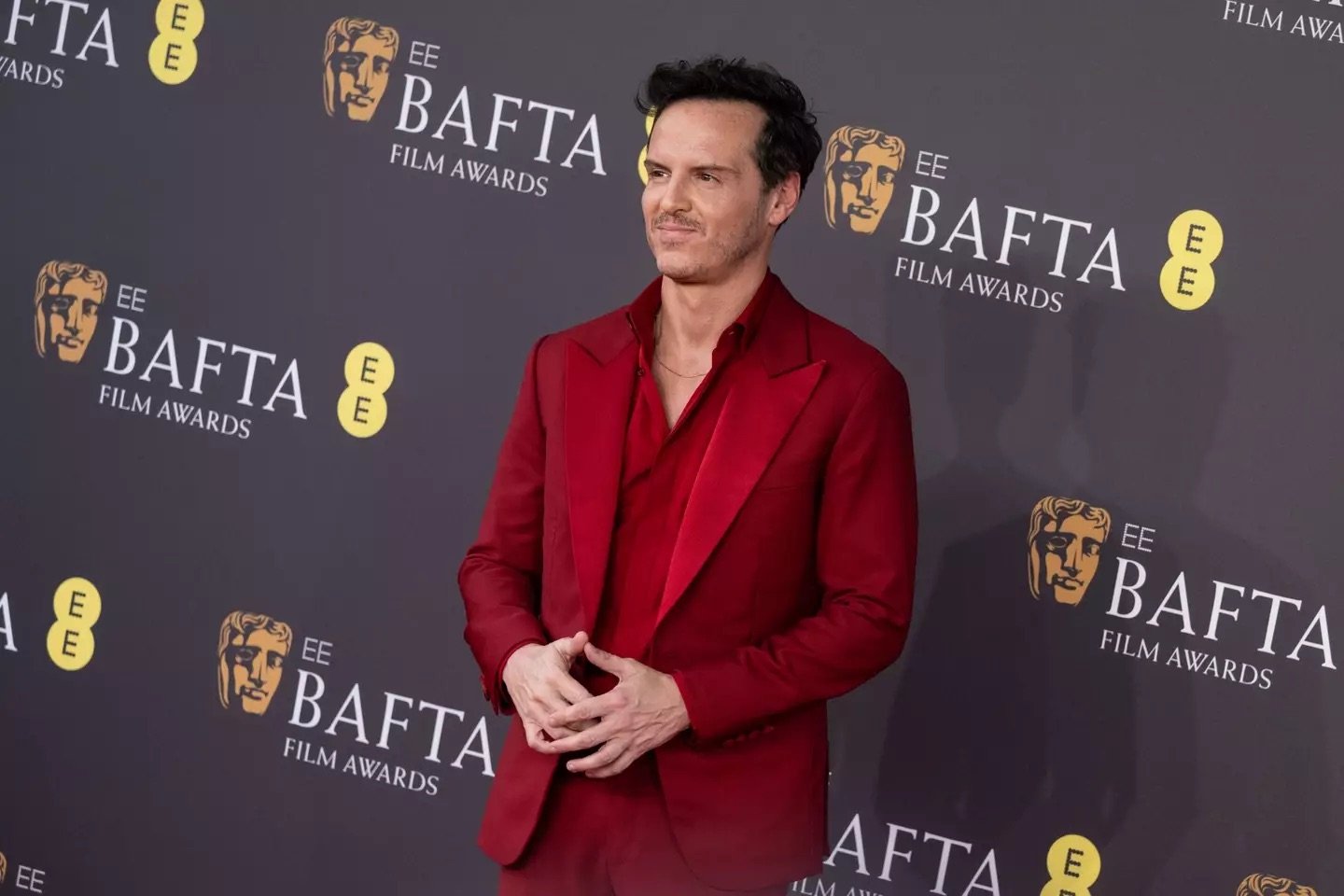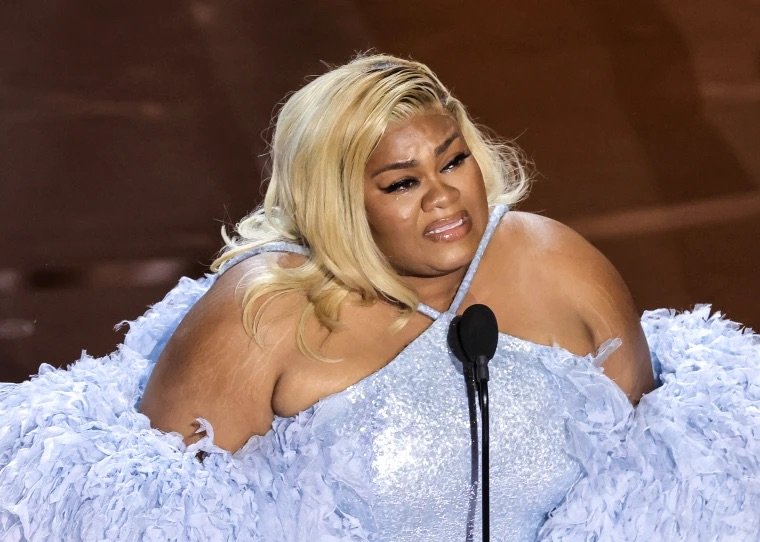The Hunt for a Viral Moment
How quality journalism has become a casualty in our social media-obsessed climate.
The Internet has been both a curse and a blessing to the creative industries. Along with social media, it offers aspiring artists the opportunity to showcase their skills online to a broader audience, including but not limited to job prospects. These skills, whether displayed in a skit, article, or short film, can go viral and accelerate an artist’s path to the industry. Virality is an excellent tool for marketing art. However, we’re seeing media outlets focus solely on virality and disregard skill, passion, or even relevance to art. Out of place and out of depth, the increase of unqualified influencers highlights a problem of over-reliance on social media for content and views, which has affected the quality of art criticism and engagement.
It’s no secret that the arts need to be democratized. That means opening the opportunity for talent, skill, and passion for art from other than wealthy, upper-class people who already have connections. That doesn’t mean disregarding a fundamental interest in art for the chance to go viral. Artists and audiences don’t want to engage in art criticism from people who don’t know what they’re doing and don’t care about it.
“I think there needs to be a balance, and I think we're struggling to find it right now,” says Yasmine Kandil, Senior Film Critic at DiscussingFilm. “Obviously, everyone loves a good, funny moment with a celebrity; for years, we've always liked that. There are YouTube videos that do compilations of those moments, but you really have to toe the line carefully between content and actually doing service to the film.”
In the past year, we’ve seen art become tarred with the brush ‘content,’ encouraged by studios with the shove towards A.I. Streaming services are no longer a reliable place for art to grow or even exist quietly, studios shelving complete films for tax write-offs, the force-feeding of sequels, reboots, and remakes. Studio executives are no longer willing to take risks to make art that audiences will enjoy, so they can no longer take the risk of opening space for journalists to write quality art criticism.
Kandil describes what it’s like in film critic spaces now. “I don’t go to a press screening anymore that's not filled with influencers, people who have no idea or no appreciation for where they are, which is really frustrating for people who fought to get to where they are.”
Awards season this year shows a decrease in art criticism, decorum, and inability to read the room. This illiteracy has led to some awkward moments. The Bear has received critical acclaim, and its success during award season reflects that. The drama-comedy took home five Golden Globes, including ‘Best Actress in a Musical or Comedy TV Series,’ ‘Best Actress in a Musical or Comedy TV Series’ and ‘Best Musical or Comedy TV Series.’ Instead of discussing the cast’s achievements of the night, Extra TV’s correspondent spent most of his time talking about lead actor Jeremy Allen White’s Calvin Klein campaign.
Despite many cast members attempting to redirect the conversation back to the show, the journalist continued. To persist in discussing an irrelevant topic against the artists’ wishes and interests to provoke a reaction from them is immature, unprofessional, and just not wise, as making people uncomfortable is not how you’d want your publication to go viral. Media outlets are dangerously close to adopting ‘all publicity is good publicity’ instead of art criticism.
Art criticism quickly reflects the environment prioritizing quick and easy-to-consume ‘content’ over quality detailed art. Studios wish for art to go viral on social media without actually making an effort to make art worth engaging with, so they limit the possibilities of the story to a vertical bite-sized trope. Media outlets are following suit. Saltburn was social media’s biggest film last year, and media outlets have been feral in their attempt to create their own viral moment based on the film.
The Golden Globes tried to do this by getting attendees to sniff a candle called ‘Jacob Elordi’s Bath Water,’ but that stunt barely made a splash. The BBC’s attempt was a belly flop. At the BAFTAs, the BBC’s correspondent asked All of Us Strangers star Andrew Scott about Saltburn’s infamous final scene. Barry Keoghan dances naked in an estate to Sophie Ellis-Bextor’s song “Murder on the Dancefloor.” The question flusters Andrew, and he says: “I won’t spoil it for anyone.”
The correspondent persists: “There was a lot of talk about prosthetics. How well do you know him?” The interaction was heavily criticized for its impropriety, unprofessionalism, and the homophobic undertones of the last question, as Andrew Scott is gay. The BBC received several complaints about the report and gave a defensive apology. All of Us Strangers was nominated for six BAFTAs. Still, the correspondent ruined the opportunity to discuss the film and its success for a viral moment, and it is never a fruitful endeavor.
Kandil shares her own experience of seeing unprofessionalism at the BAFTAs: “I did the winner's press conference this year, and I had a bit of an issue because it was just filled with a bunch of people who had a couple of viral TikToks basically. They had no interest in asking questions; I heard people asking what Emma Stone was nominated for, who Greta Gerwig was, and stuff like that. It's just frustrating to see how just blowing up with one viral TikTok gives you a whole career when I and so many others have worked really hard. I think that these social media influencers, they don't understand that this isn't just fun, this is work.”
The constant hunt for virality by any means from media outlets shows their complete misunderstanding of social media. Things work for social media because of its online nature, but not in real life. You cannot throw it to the wall of reality and hope it sticks. This is shown at the People’s Choice Awards. Many people do not consider this a ‘serious’ awards show, but it is still a celebration of art. The PCAs completely disregarded this when they invited a TikToker to interview on the red carpet. Unlike BBC’s fiasco, the TikToker didn’t even use a film or any related topic to segue into causing discomfort for a viral moment. The Tiktoker asked multiple attendees if they’d prefer a ‘gay son or THOT daughter,’ including Oscar nominee America Ferrera. The underlying bigotry of the meme is evident in the light of the day.
This is not a bold stunt; it needs more decorum and wastes time when simply engaging with the artist about their work has a much better chance of going viral. All people will do is shake their heads, roll their eyes at the Tiktoker, and pity the artist who has to deal with someone who doesn’t take their craft seriously. “There’s definitely young journalists out there who would do so much more with the time and not only that, but it just seems really disrespectful,” Kandil says. "There's no interest in the talent's work or even just the ceremony itself.”
Kandil states that studios and media outlets’ overreliance on TikTok is especially a big problem. “When I was in Cannes last year, I logged on and just had people reading my review of, I think it was Killers of the Flower Moon, like a tweet review. It's just people are just trying to farm engagement off of other people's work.” Media outlets’ hunt for virality means they’re not even considering the correct ownership of criticism spouted on social media, desecrating the state of quality art criticism even further.
Press junkets for films that allow for more in-depth discussions about art aren’t safe from the hunt for a viral moment. Dune 2 was released in cinemas earlier this month. Before release, the cast had been sitting down for interviews. One stuck out to audiences for all the wrong reasons. Sam Thompson from Made in Chelsea asked Dune 2 lead actor Timothee Chalamet what it’s like to be in a relationship on-screen with his friend and co-star Zendaya. Essentially, what it’s like to act. Such uninspired interviewing cannot be disguised with the presence of a star from a reality TV star. “You can tell these people aren't versed in film. They don't know what they’re talking about craft-wise. I have friends who work at Letterboxd and i-D and they got rejected in favour of Sam Thompson. I think it's quite a common occurrence nowadays.”
The Oscars were broadcast on a public channel for the first time in over 20 years on ITV. The panel was led by Jonathan Ross and featured actor Richard Armitage, comedian Ben Bailey Smith, actress Fay Ripley, and TV presenter Yinka Bokinni. Viewers didn’t enjoy the panel’s quips and lack of expertise and interest. Faye Ripley compared Killers of the Flower Moon, a film about the actual genocide of Native Americans in 1920s Oklahoma, to the British soap opera Emmerdale. They didn’t even know how to pronounce Da’Vine Joy Randolph’s name or the Best Picture frontrunner, Oppenheimer. This is the biggest night in film, and the commentators couldn't care or know any less about the nominations. Again, media outlets wish to bring in views without putting any effort into giving audiences a good panel, informed, and passionate panel, which is why virality is not a sustainable replacement for art criticism.
Not all the blame can be placed on social media and influencers. Decorum isn’t difficult, but neither is understanding what audiences want, which studios and media outlets seem to be struggling with. Audiences aren’t interested in watching the artists behind the films. They love being made uncomfortable by influencers who don’t care. So much passion for cinema in online spaces already exists.
“DiscussingFilm itself is not necessarily a traditional kind of outlet,” Kandil says. “Us and Film Updates are kind of the first generation of modern outlets. At the same time, we carry ourselves with a sense of professionalism that's really important in how we conduct ourselves and how we report on things. It’s been life-changing for me, social media in that respect. We wouldn't have the following we do without Twitter.”
People assume that the bustling nature of red carpets means that respect can be discarded due to time constraints, which will manufacture a viral moment. However, engaging with artists positively is still possible, as Kandil points out. “I think red-carpet interviews are tough. You have to toe the line between getting an insightful answer and having fun because that is how you get engagement. But fun without being disrespectful and fun with the application to the film is also very important.”
This is why studios and media outlets fail when they hire influencers to do the media line; they aren’t trained to interview people and don’t know or care enough about the art. It’s a waste of time, and the artist's discomfort sours whatever virality it will gain. “I don't understand how people walk away from things like ‘gay son or THOT daughter’ and think “Oh, that's great!” like there's no way that goes through their head.” Kandil comments. Red carpets should not give space to people who are interested in art.
Art can only survive with quality criticism. The impact of art cannot and should not be quantified. Studios are so concerned with numbers, but they refuse to reflect on the numerous failed attempts of virality. They want the numbers from successful art without allowing artists to put in the effort to make it and journalists the opportunity to critique. Suppose studios can take a risk for a TikToker. In that case, they can take risks for artists to make a wider range of original art accompanied by careful, quality criticism by qualified, engaging, and passionate journalists.
Quotes have been edited for length and clarity.





